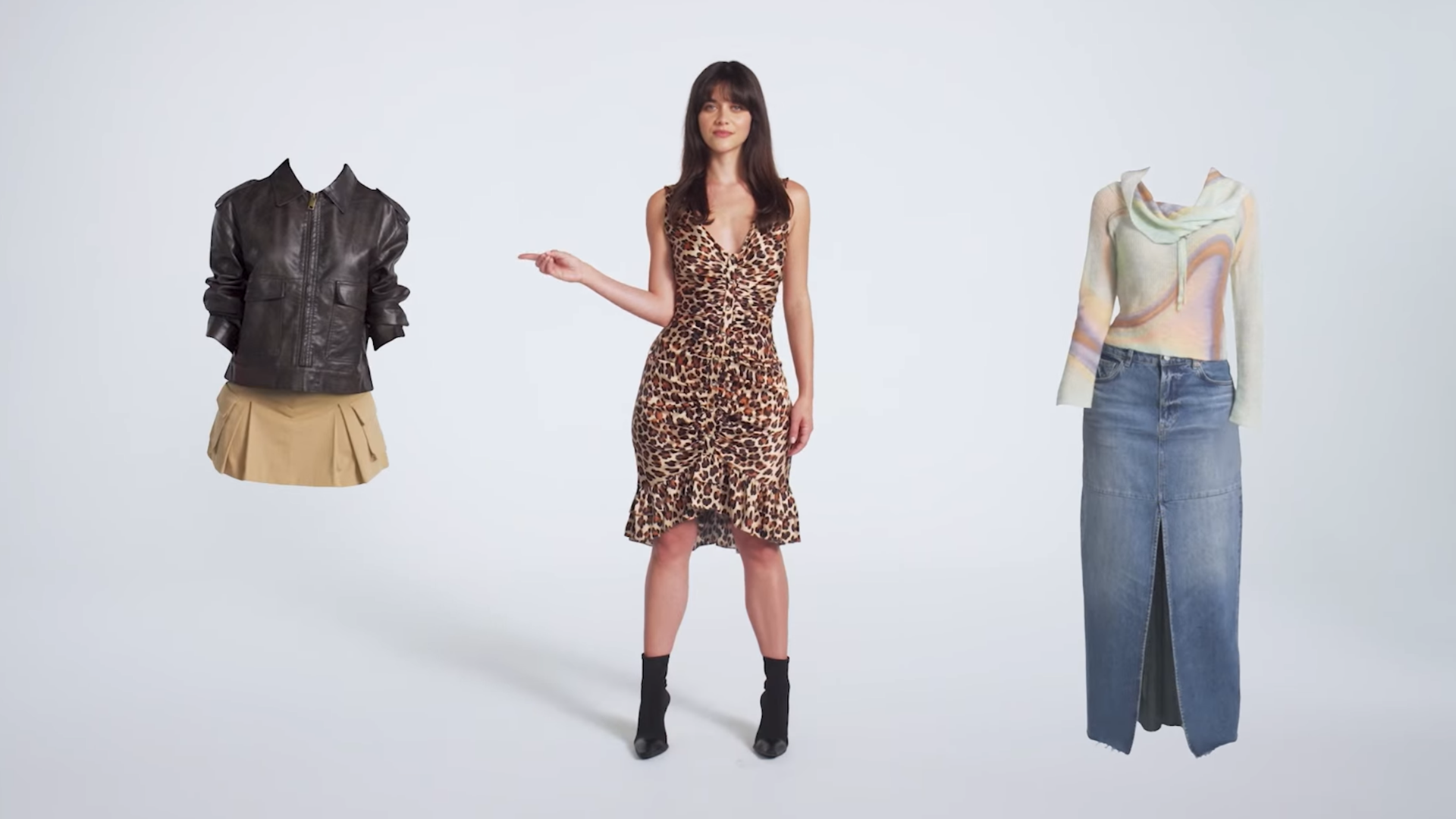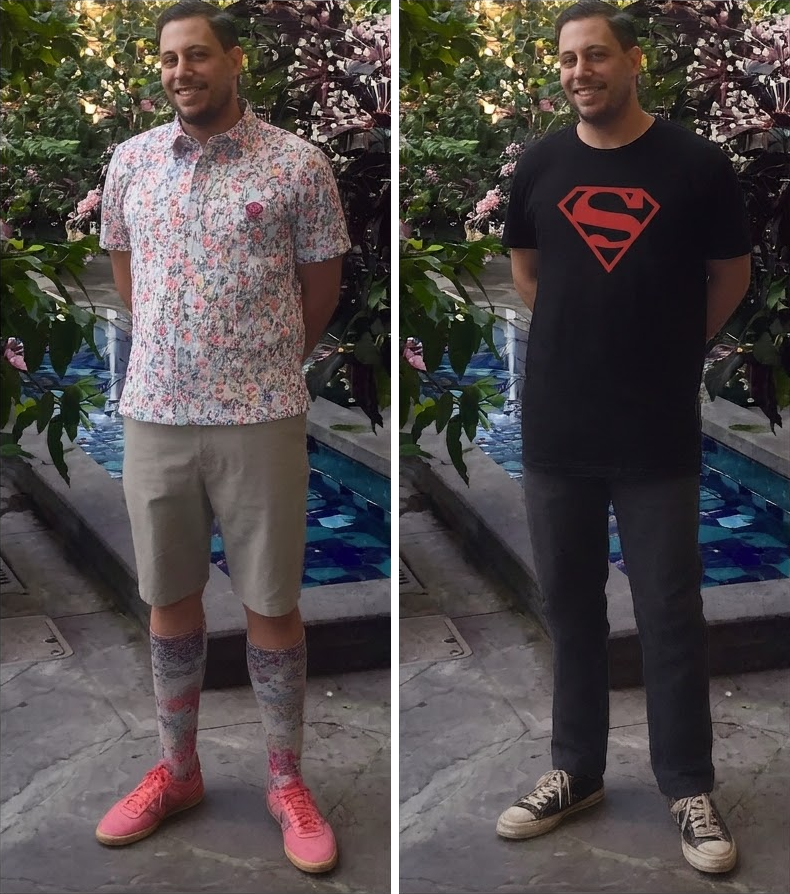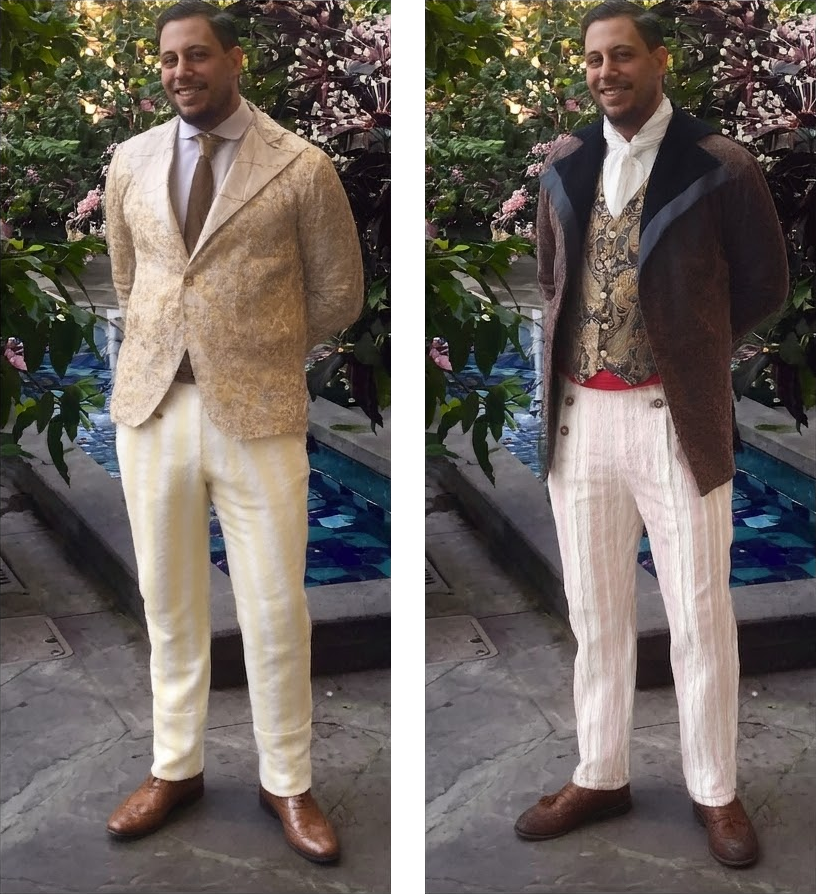Googles AI Fashion Tool Sparks New Style Ideas
Google's AI Try-On: My Adventure in Virtual Fashion
 (Image credit: Google)
(Image credit: Google)
Google has just launched an exciting AI-powered shopping tool designed to give you a better idea of how clothes might look on you before you buy them. It's called "try it on," and if you're in the US, you can access it now through Google Search Labs. I decided to take it for a spin, and it's already sparked some fresh fashion inspiration, though I'm not ready to ditch the fitting room just yet.
Getting Started with Your Virtual Wardrobe
Accessing this new feature is straightforward. First, you'll need to enable it in Google Search Labs. Once that's done, you upload a full-length photo of yourself. Then, you can start browsing for apparel in the Google Shopping tab.
When you find an outfit that catches your eye and click on its image, an enlarged version appears in a right-hand panel. Look for a small "try it on" button in the middle of this image. A single click and about ten seconds of AI magic later, you'll see a rendition of yourself sporting the new look. While it's not always a flawless illusion, it definitely gives you a solid preview.
How the AI Works Its Magic
Google explains that this feature is powered by an advanced AI model. This model has been trained to understand the complex relationship between your body's shape and how clothing drapes, stretches, and bunches. The goal is to realistically render the garment on a wide variety of body types.
However, there are a few caveats. The "try it on" option isn't available for every single piece of clothing you'll find. Retailers need to opt into the program for their items to be compatible. Google has also specified that, for now, it primarily works with shirts, pants, dresses, and skirts.
During my testing, I found that costumes and swimwear generally didn't have usable images for the try-on feature. Interestingly, I could try on shorts, and costumes that bore a strong resemblance to regular clothes were sometimes usable. The AI also seemed to handle jackets and coats without any issues, even if they weren't explicitly listed as supported categories.
Channeling My Inner Elvis
 (Image credit: Photo/Google AI)
(Image credit: Photo/Google AI)
To really put the AI to the test, I decided to have some fun. On Google Shopping, I stumbled upon replicas of Elvis Presley's iconic outfits—one from his 1968 comeback special and a classic jumpsuit from the 1970s. With just a couple of clicks, I was virtually transformed into the King from different eras.
What's more, the AI even updated my shoes in the all-black suit to match the new ensemble. I've always wondered if I could pull off those looks, and this gave me a fun, no-commitment way to find out. The generated images are shareable too, so you can easily send them to friends via the Google mobile app and get their opinion on your Elvis potential.
Super Summer Styles and AI Surprises
 (Image credit: Photo/Google AI)
(Image credit: Photo/Google AI)
The level of detail the AI incorporates to make the photos convincing is quite impressive. I used it to experiment with a vibrant summer look and the closest thing I could find to a superhero costume. My original photo featured me in a suit, jacket, bowtie, and black dress shoes.
In both AI-generated images, not only did the shoes and socks match the new outfits from the search results, but they were also realistically shaped to my stance and apparent size. Furthermore, despite my original photo showing me in long sleeves and pants, the AI cleverly revealed some of my arms and legs in the new outfits. The skin tone matched reality, which was a nice touch.
However, it wasn't perfect. To my eye, the imperfections were noticeable. My legs looked a bit too skinny in both generated images, almost as if the AI assumed I'd been skipping leg day. And in the shorts, my legs appeared much smoother and more hairless than they've been since I was a teenager.
The Future of E-Commerce and Fitting Rooms
Despite these minor quirks, I genuinely believe this technology is poised to become a significant part of the next wave in e-commerce. The age-old challenge of guessing whether a specific color or cut will complement your skin tone and build could become much easier to navigate.
I wouldn't go as far as to say it can completely replace trying clothes on in real life, especially when it comes to critical factors like sizing and comfort. But as a digital equivalent of holding an outfit up against yourself while peering into a mirror, it's remarkably effective.
Tackling the Problem of Unnecessary Returns
 (Image credit: Photo/Google AI)
(Image credit: Photo/Google AI)
Some of the resulting images can look a little uncanny, but I predict this will be a very popular feature for Google Shopping. I fully expect competitors in AI development and online retail to either heavily imitate it or roll out their own existing similar technologies more broadly.
What I particularly appreciate is how the AI empowers you to visualize yourself in more outlandish or bold styles that you might hesitate to even try on in a physical store. For instance, I virtually modeled a paisley jacket with striped pants and a swallowtail jacket with a waistcoat and Victorian-style trousers. These are looks I'd likely be hesitant to order online, probably anticipating a return even before the package arrived.
Returns are a massive headache for online retailers, contributing to significant waste in packaging and other resources. If Google's AI can effectively show us how we'll look in clothes before we hit that "buy" button, it could make a real dent in return rates. This benefit alone will likely have retailers eager to join the program.
Towards AI Personal Stylists
This technology could also unlock the door to more personalized style advice powered by AI. Imagine having an AI personal dresser, always ready to give you a virtual fit check, suggest your next standout look, or even curate outfits—perhaps even venturing beyond styles Elvis himself would have worn.
You Might Also Like
- Learn how to master Google's new AI mode for Search
- My experience with Google's new AI mode powered by Gemini and its potential impact on search
- Discover how Google’s AI Mode can explain what you’re seeing
This blog post is based on an article by Eric Hal Schwartz, a freelance writer for TechRadar.

